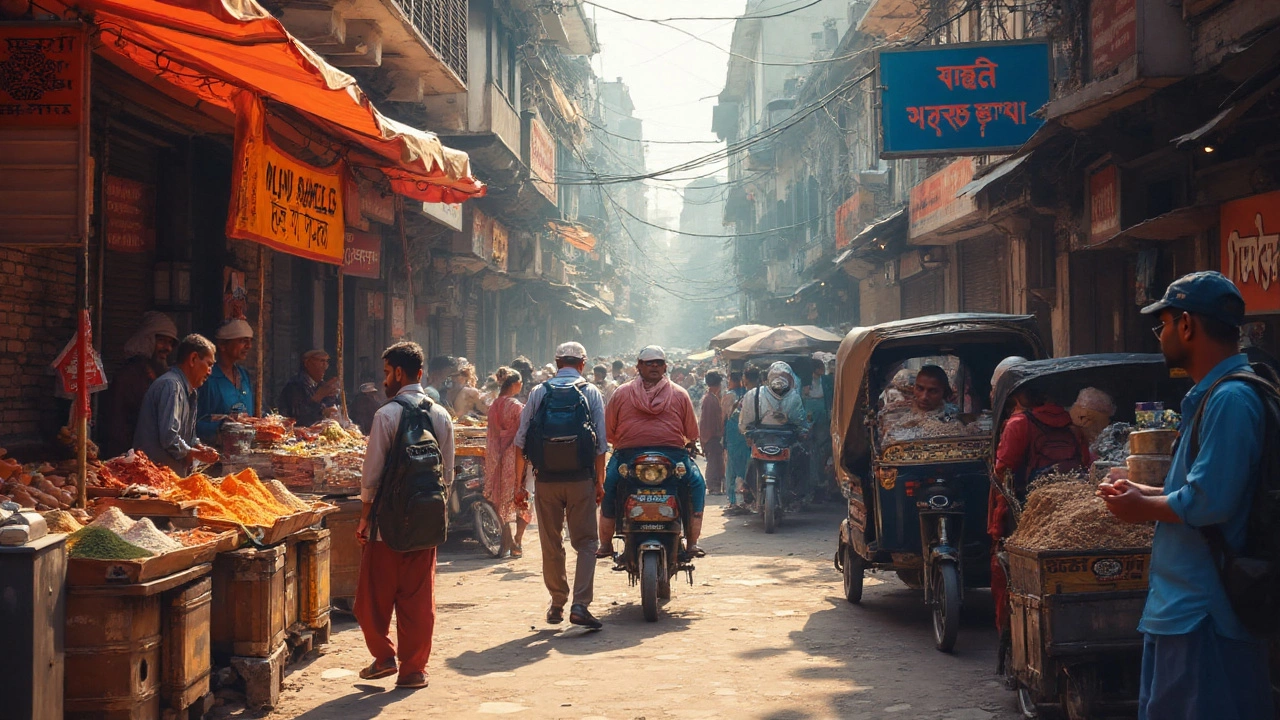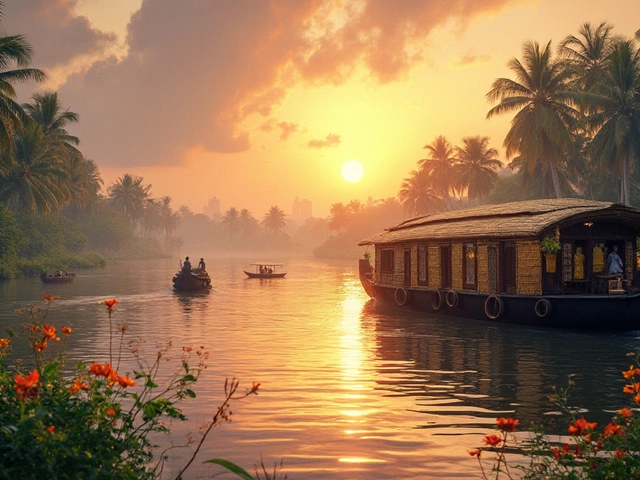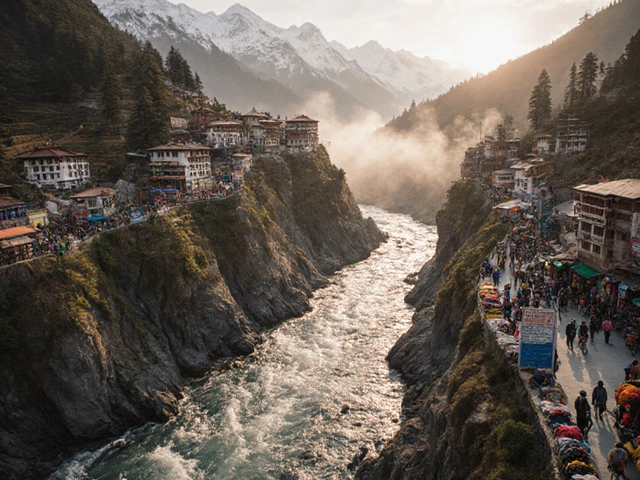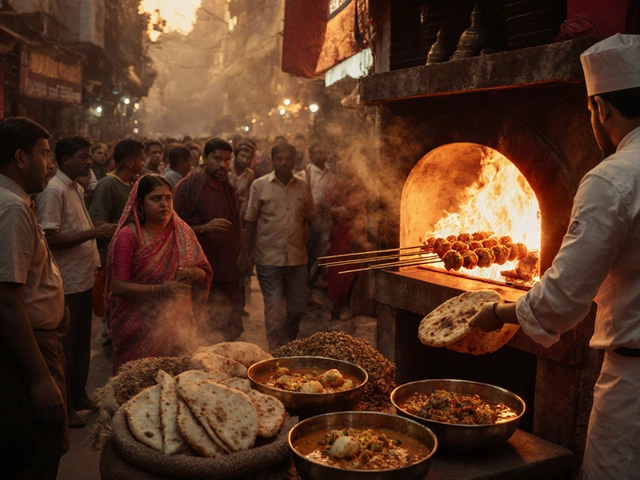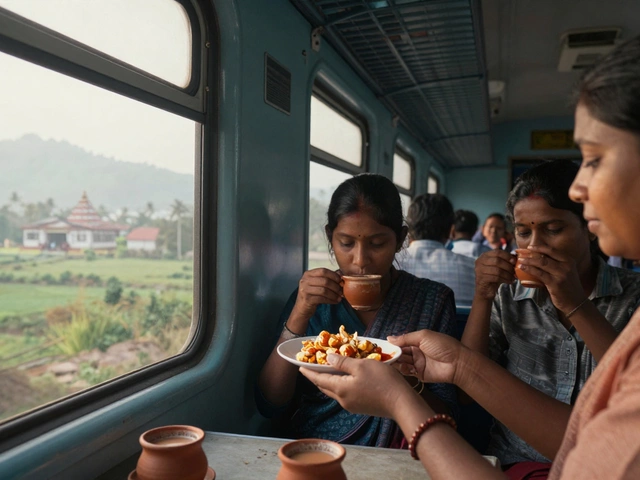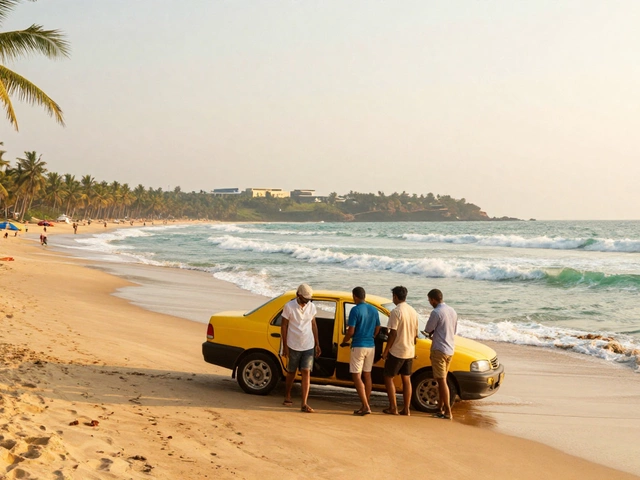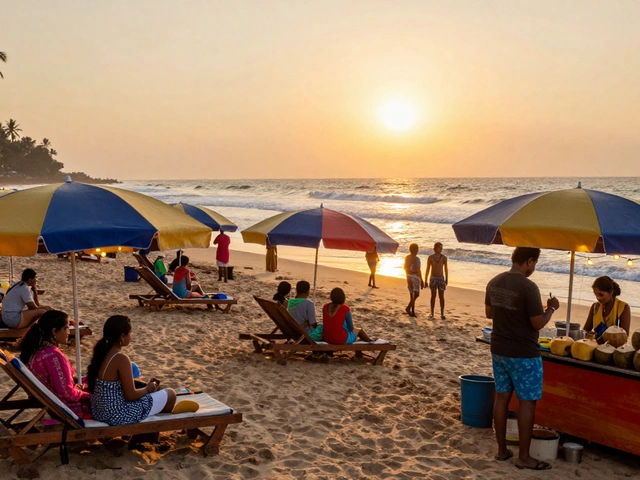If you think traveling around India means roughing it in hostels and skimping on every meal, you’re missing the point. The truth? Yes, India can be ultra-cheap, but it can also empty your wallet with barely a warning. The huge range in prices is wild, so what you end up spending depends on your choices, your comfort zone, and a smidge of street smarts. I met a backpacker in Varanasi who bragged about living off $7 a day, and a family in Udaipur who happily forked out $350 for a palace-hotel room. Both weren’t exaggerating. Let’s get real about what’s cheap, where the money disappears, and the endless ways to stretch your rupee while you soak up the color and chaos of India.
Understanding What ‘Cheap’ Really Means in India
It’s easy to hear that India is ‘one of the cheapest countries to visit’ and picture masala dosas for pennies. But it’s more about options than absolutes. You’ll see massive price differences not just from city to city, but even between two stalls on the same street. A place like Goa goes from party paradise hostel to beach shack—for every budget. But in Mumbai, finding a room for under $20 that doesn’t double as a sauna is pretty much impossible. Public transport is dirt cheap—Indian Railways is the beating heart of the country, shuttling millions daily, sometimes for as little as $2 on unreserved trains. But for comfort? First class will cost you five times as much.
Your biggest costs are usually accommodation and transport. Street food and “thali” meals (that’s the steel tray of curries, rice, and flatbread) can be heartily cheap, from 40 to 120 rupees (about $1 to $2.50). But try ordering western food or imported booze and you’ll nearly faint at the price. Even water isn’t always free—with bottled water ranging from 20 to 40 rupees in tourist spots.
Here’s a quick look at average daily costs for different travel styles:
| Travel Style | Daily Budget (in USD) |
|---|---|
| Backpacker | 10-25 |
| Midrange | 30-70 |
| Luxury | 100+ |
A little secret: Festival season or Christmas can double these prices if you’re not careful. Many locals travel then too, which spikes demand on trains and hotels.
Where Your Money Goes: Hidden Costs and Sneaky Surprises
If you think you’ve calculated your budget down to the last rupee, brace yourself. India is an expert at sneaking in surprise expenses. Tipping isn’t always expected, but in restaurants and hotels (especially upper-end ones), you’ll often find a ‘service charge’ or staff with their hands quietly outstretched. Always check your bill for hidden taxes—GST can add up to 18% on hotels and restaurant meals, and it’s often not included in the first price you see.
At tourist sites, foreigner entrance fees are far higher than for locals—sometimes more than ten times the local price. The Taj Mahal, for example, charges international visitors a hefty 1,100 rupees (about $13), while Indians pay just 50. Don’t forget camera fees; some museums or monuments charge for bringing in anything fancier than a mobile.
Getting around can be a mixed bag. Prepaid taxis from airports are fair, but regular street cabs and auto-rickshaws sometimes try their luck with tourists. If you don’t agree on a price, you’ll probably overpay. And then there’s Wi-Fi—most budget places have patchy connections. If you rely on internet, pick up a local SIM card—a month of unlimited data can be as low as $4-8. But you’ll need to register with your passport and visa, so don’t leave this to the last minute.
This is a country where a train ticket might cost $3, but lost time from missing a supposedly ‘express’ bus could cost you far more in stress. When it comes to medical stuff, bring basics (painkillers, rehydration powders), but also budget extra for doctor visits—a local consultation is around $10, but imported medicines or specialist tests can quickly ramp up. Travel insurance is honestly non-negotiable, even for penny-pinchers.
“It is true that tourists spend far less in India than almost anywhere else, but only if they are prepared to adapt their lifestyle to that country’s traffic, foods, standards, and tempo.” — Lonely Planet India (22nd Edition, 2023)
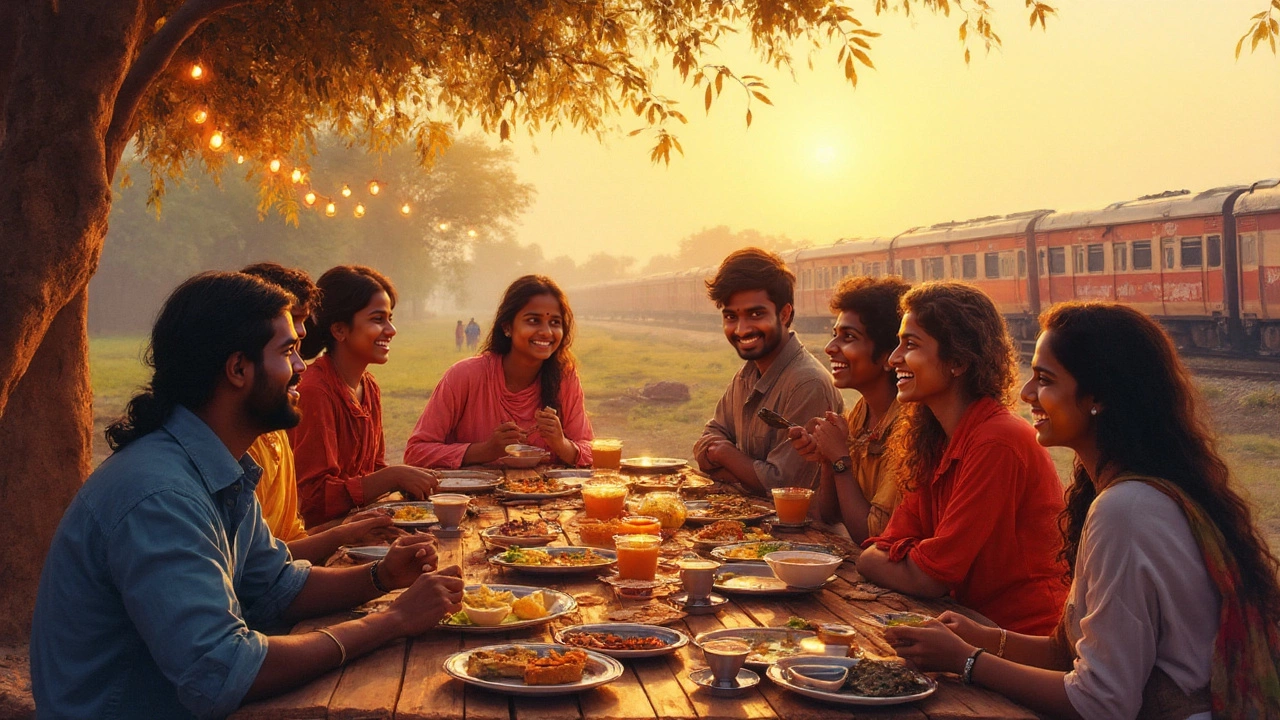
Money-Saving Tips from the Road
The smartest travelers listen before they book. Locals know the best deals—ask where to eat, what to see, which trains run on time. To save serious cash, stick to government buses or trains. Indian Railways’ Second Class Sleeper is an adventure in itself; you’ll share space with families, snack vendors, even the odd chicken—but it’s a true travel experience for around $5-10 a journey spanning hundreds of kilometers.
If you want private rides (like Uber or Ola), book online rather than haggling at the curb. For budget flights, plan ahead and avoid major Indian holidays (like Diwali, Holi, Christmas/New Year). It’s worth comparing prices on portals like MakeMyTrip or Cleartrip, as last-minute deals pop up, especially out of big hubs like Delhi and Mumbai.
Eating like a local isn’t just about adventure, it saves cash and tummy trouble. Choose crowded street food stalls—they’re usually safer and fresher. Thalis offer endless refills, so fill up on rice and veggies. Western fast food chains are way more expensive than their Indian counterparts. Ditch bottled water by carrying a SteriPEN or LifeStraw. It’ll pay for itself fast and save plastic waste.
Bargaining isn’t just encouraged in markets, it’s expected. Start at 30–40% below the first price and work up. For tours, group up with fellow travelers to split costs, or jump into a shared day tour. You’ll make friends and cut your expenses by half. Skip the ‘official’ government tourist shops in favor of vibrant local markets—but double check what you’re buying, especially for textiles or jewelry.
Here’s one thing people rarely mention: Indian ATMs work with international cards, but there’s often a withdrawal fee (up to $5). Bring more than one debit card and stash some cash (USD, euros) for emergencies. Mobile payments like Paytm are everywhere now, but you need an Indian SIM and setup. Carry smaller bills—change is hard to come by in rural areas or from rickshaw drivers.
Plan for the unexpected: missed buses, extra hotel days, and last-minute medical needs. A little cushion saves big headaches. Apps like Rome2Rio and Google Maps are handy for planning transport and walks. And if you’re solo, look for women-only carriage options on some trains and metros.
Best Places to Stretch Your Rupee
Some cities and states really stand out for affordability. Rajasthan’s ancient forts, camel safaris, and painted cities are famous for cheap guesthouses and street eats. You can easily survive on $15 a day in places like Jodhpur or Pushkar, sharing dorms and sampling local snacks. Hostel scenes are huge in Goa and Hampi, mixing yoga, backpacker parties, and beach life without pricey resort tabs.
In Kerala, the backwaters may look exclusive, but you can share a houseboat ride with others and pay a fraction of what solo travelers do. Hill stations like Munnar and McLeod Ganj serve backpacker-friendly meals and comfy rooms for less than $10 a night. Sikkim and parts of Northeast India are off the main tourist track, so daily costs are lower—but longer travel distances can mean splurging on tickets.
The big cities are trickier. In Mumbai and Bangalore, rooms run double or triple those in small towns, and cafes often match Sydney prices. But food markets, the local ‘dabba’ lunchboxes, and suburban trains even things out if you adapt. Delhi can swing from $7 rooms (really basic) to palatial stays; savvy explorers use metro lines instead of cabs to cut costs.
Many spiritual towns—like Rishikesh, Varanasi, and Puri—are cheap havens. Temples offer free or ‘donation’ meals to all. Free yoga classes before sunrise aren’t a myth. Booking multi-day tours to places like Ladakh or the Thar Desert through a local operator is cheaper than organizing all the vehicles and permits on your own.
You’ll get more for your money starting in the off-season (April–September in the north, July–November in the south) when even the fancier hotels slash prices. Watch for monsoons, though—trains slow down and landslides cause delays. If you’re up for the humidity, you’ll snag deals almost everywhere.
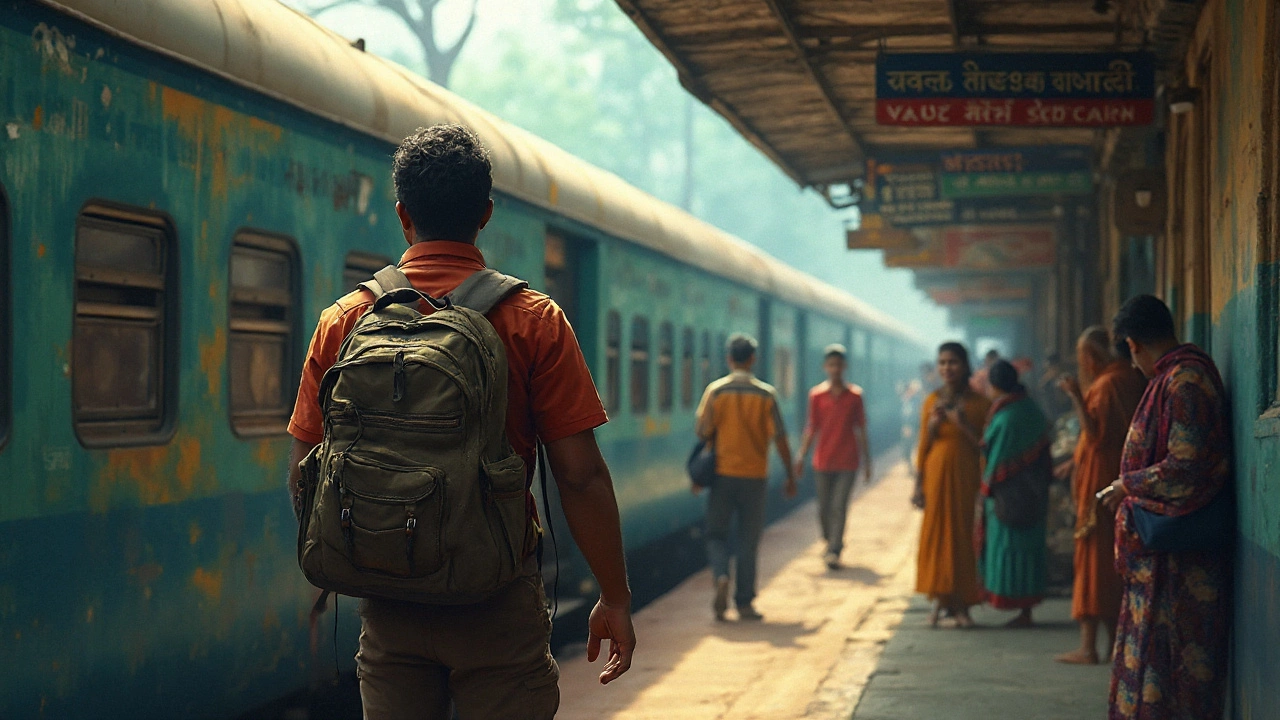
Should You Start Packing? The Honest Truth
So, is India truly cheap to travel? It can be, absolutely—but only if you’re flexible and not picky about comfort or routine. If you want air conditioning everywhere, imported wine, or cabs on demand, expect your budget to leap higher than you think. But if you eat where the locals eat, travel how the locals travel, and approach every day with a sense of curiosity (and patience), you’ll get more memories per dollar than anywhere else.
The country changes fast. Digital payments, hostel chains, and flight deals are popping up everywhere. But the *soul* of budget travel—slow trains, chai stalls, roadside food, and wild adventure—hasn’t changed. The trick is embracing unpredictability, planning a little, and laughing a lot. If you’ve ever dreamed of a place where 100 rupees lets you hop a train, tuck into street food, and still have change for a lassi, India is that wild bargain that keeps you coming back for more.
For those ready to take the plunge, a word of encouragement from Lonely Planet’s 2023 guide hits the mark:
“India rewards the flexible, the humble, and the curious—not the control-freak, nor the spendthrift. Pack light, pack smart, and pack heaps of patience.”
